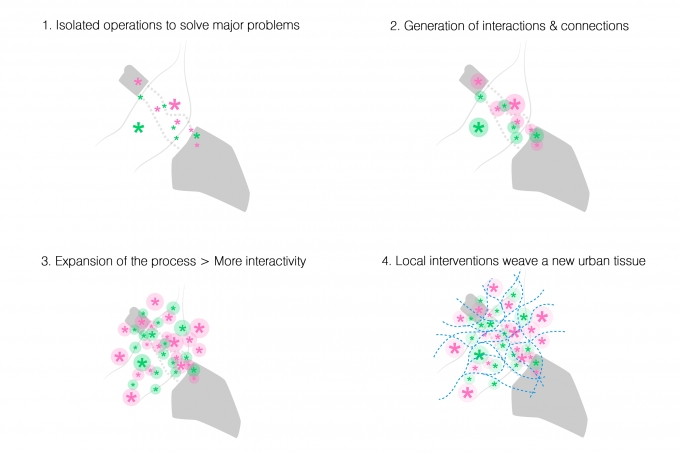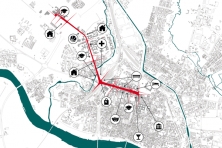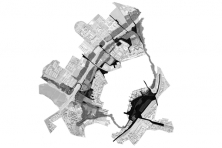Open Up Pavia
Workshop Pavia (IT) - "Adaptable Campus-City" - Workshop Site 1
PARTICIPANTS:
Amélie Allioux (FR) – Runner-up in St-Herblain (FR) with “Permaculture”
Filippo Fanciotti (IT), Hugo Maffre (FR), Francisco Pomares (ES) – Runner-up in Rouen (FR) with “On the Move”
Fabian Walmüller (AT) – Runner-up in Paris (FR) with “In Transition – A Local Metropolis”
Miguel Martín de la Sierra (ES) – Runner-up in Mannheim (DE) with “Re-Evolution in Mannheim”
Romain Granoux (FR), Francois Justet (FR) – Runner-up in Budapest (HU) with “Manual Towards a Clumsy City”
Joan Alomar (ES), Javier Iñigo (ES) – Runner-up in Gjilan (KO) with “Welcome to Urban Wellness" and in Regionale 2016 (DE) with "Kein land für alte Männer"
Kuba Pudo (PL), Ewa Odyjas (PL) – Runner-up in Kalmar (SE) with “Bombelek”
César Canet (FR), Laura Chavy (FR), Céline Frattesi Bros (FR), Laetitia Paradis (FR) – Runner-up in Vichy Val d’Allier (FR) with “Archipel des clairières”
Aurélien Masson (FR), Arnaud de Saint Léger (FR) – Runner-up in München (DE) with “COMBined Process”
Coach: Jens Metz (DE)
Assistants: Nunzio Davide Caci (IT), Valentina Giacometti (IT)
SITE 1 - CREATING AN INTER-CAMPUS DYNAMIC AXIS
Historically the University of Pavia was located in the very heart of the city, in a building with a series of courtyards that multiplied porosity and connections with the urban fabric. As it was in the mood of time, the new campus Cravino was built in the 70’s at the Western edge of the city, well deserved by a ring road but poorly accessible for pedestrians and bicycles. The campus itself is monofunctional, only occupied by university facilities that are closed at night and in the weekends, whereas services and student accommodations are missing.
At present, the transfer of the San Matteo hospital area located between these two entities raises the question of its future use and gives the opportunity to improve the links between the inner city and the new university campus. The task of the workshop was to create new connections, to requalify and secure the public spaces, to rethink the station area and its surroundings as well as to invest the wasteland at the back of the rail tracks.
In a common discussion with the group on possible conceptual approaches we identified three different strategies, developed by the three teams individually afterwards: A strong linear connection, a careful work on the two currently vacant contact spaces and a network of smaller relationships. These scenarios open a broad field of possibilities, thus opening a debate between the city of Pavia and its university about their common future.
Open Up Pavia
Download the PDF here

The project interprets the site as a field of possibilities that have to be revealed or reinforced to create a network of resources. To do so, 4 main layers of action are identified and declined all over the area: program, landscape, mobility and policy.
Each intervention is based on the already existing local potential on the site. Small-scale operations start to improve the currently uncomfortable situations, in time, additional actions extend the project until a fine mesh of relationships and activities is established.
The demanded student’s accommodations are mixed with additional programs and spread all over the site to activate it, the existing landscape is completed to form a circular natural area around the Ponte di Pietra neighbourhood and the nowadays closed enclaves are opened to increase the porosity and allow for soft mobility. Furthermore, there is an active research in terms of policies of use in the different public and private spaces to reduce their redundancy, investigating a possible sharing in time by mapping the different rhythms of students, tourists and all-time inhabitants during the day, the week and the year.
Download the PDF here

See other projects on the same site:
See the other sites:
- Naviglio: A Chance of Coexistence Between Students and Citizens
- Sharing the Ticino River: Sports and Leisure

